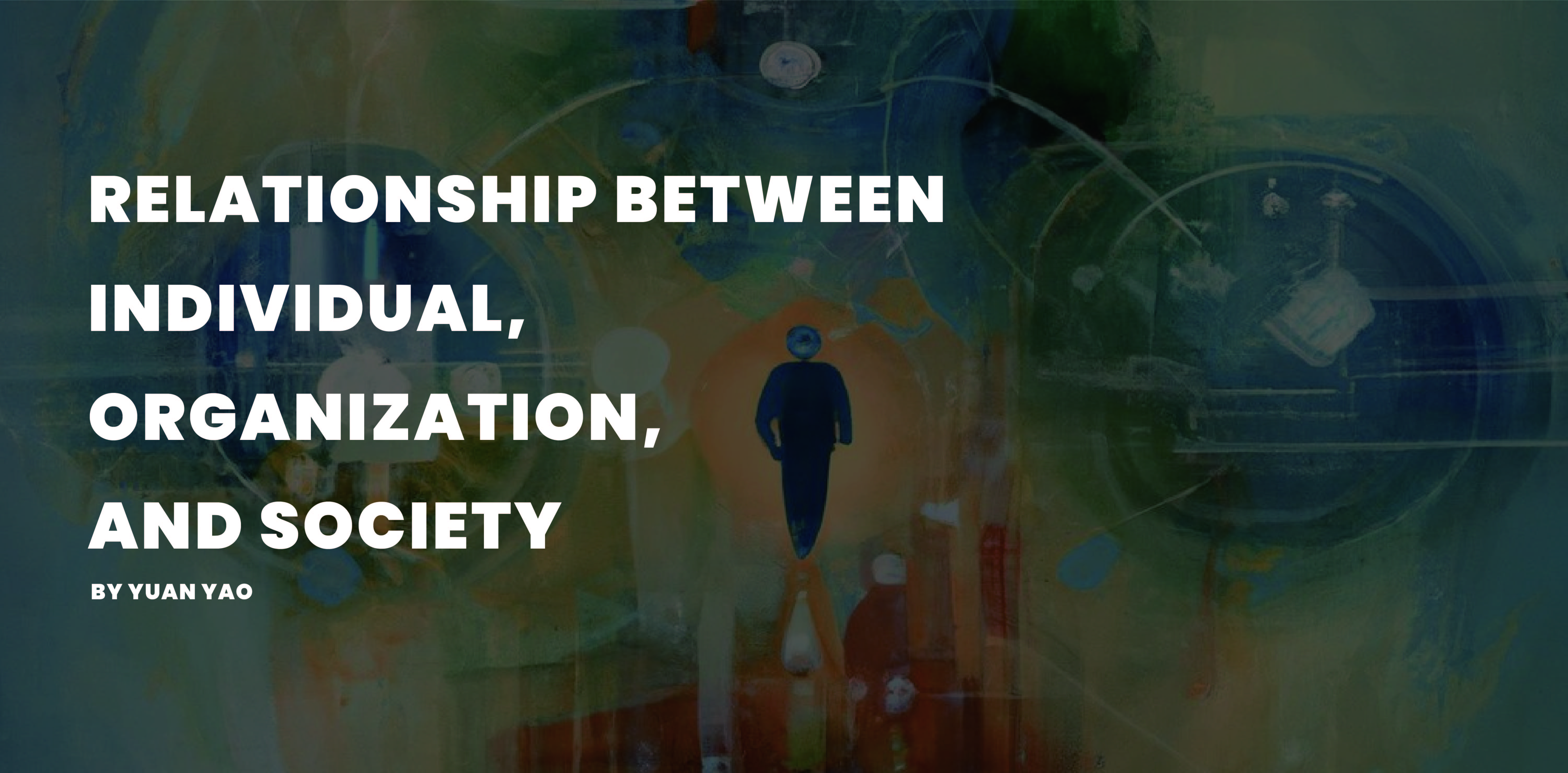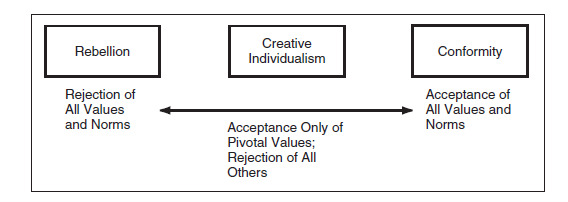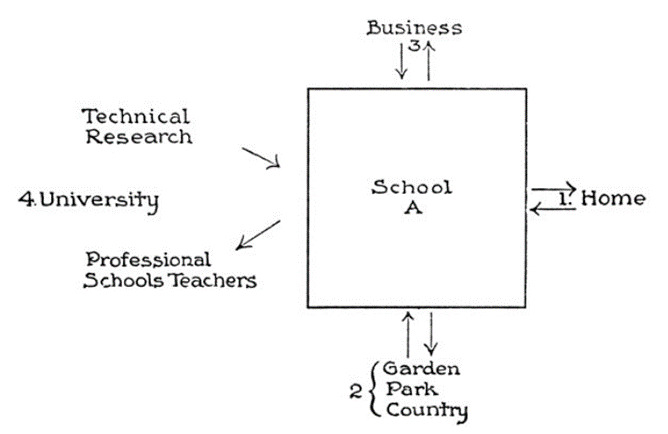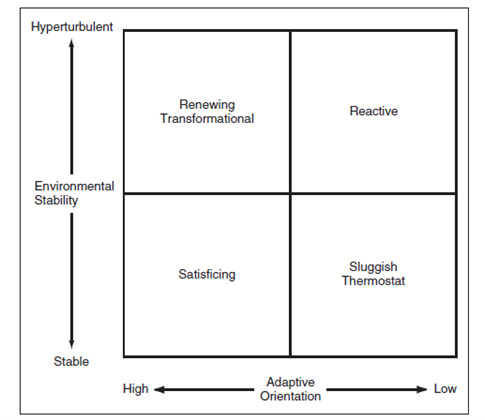
Exhibit curated by Yuan Yao
Individuals, both in organizations and society, struggle against conformity and rebellion. Many people get lost in the roles that society demands of them and act as if they are subservient to the roles that society demands of them. In absolute rebellion, people who are not entirely compliant will gradually be marginalized by society. Creative individualism does not mean that individuals give up all social norms but grasp the core values as their strength. Socialization is how an individual adapts to an organization or a social culture. The source of creative individualism is the balance between obedience to fundamental normative values and rejection of peripheral values. The individual not only displays superiority but also satisfies the social need of his role and accomplishes his behavior. This creative individualism, generated by a good balance of norms and values that produce an organization or society, is the fundamental source of individual leadership; this leadership helps organizations better adapt to social needs.
This exhibition focuses on three keywords in the relationship between individuals, organizations, and society: Conformity, Rebellion, and Feedback
1. Conformity:
• Individual Level: Individuals can conform to norms and values within an organization or society to avoid conflict or gain recognition. However, norms and values are divided into core values and marginal values. Personal and communication styles have different degrees of compliance with pivotal and peripheral values.
• Organizational Level: Organizations expect employees to adhere to norms and values to maintain order, achieve organizational goals, and maintain internal stability. However, organizations also need to conform to society's demands on them. Different levels of mastery of pivotal and peripheral values in society have also resulted in different styles of organization.
• Social Level: Society usually has a set of norms and values that people follow to integrate into the social fabric or avoid sanctions. Nevertheless, the development of society is also in compliance with the natural law of human development.
2. Rebellion:
• Individual Level: Individuals may sometimes resist rules and expectations because of dissatisfaction, perceptions of injustice, or a desire for change. However, individuals with leadership skills often can better balance norms and values than average individuals. Sometimes, resistance to the organization's and society's peripheral values creates a more distinctive personal style.
• Organizational Level: There may be internal resistance and disobedience within the organization by employees or members that may lead to conflict or change. However, this resistance may lead to better organization. Moreover, an organization's external rebellion does not necessarily lead to wrong results and may bring new social changes. However, absolute rebellion and inordinate rebellion may hurt the organization itself.
• Social Level: Social rebellions may also occur among individuals and organizations in society, such as social movements, revolutions or demonstrations aimed at achieving change or expressing discontent. But society will also adapt to the development of the times produce a new rebellion. It may be that the rebellious feelings of individuals and organizations have accumulated to a certain extent.
3. Feedback:
• Individual Level: When an individual interacts with an organization or society, he or she achieves the individual's best interests by weighing the individual's conformity and rebellion. There are individuals whose power is so great that they can influence the rules of the outside world. However, individuals usually consider their best interests before the organization's and society's interests.
•Organizational Level: Organizations need continuous feedback from employees or the environment to adjust policies, improve processes, and adapt to change. But organizational feedback needs to consider more social conditions than individuals.
• Social Level: Society also needs feedback mechanisms to adapt to change, meet needs, and solve problems. Society considers more than organizations and individuals—integration of a higher level of submission and treason to achieve better social development goals.
Interpersonal Relationship
These three diagrams reflect the communication between people—the basic pattern. No matter how you divide the relationships between people, they all depend on feedback. Even if an individual has a blind and unknown area for self-knowledge, there is a lack of subjective awareness. However, obedience and rebellion always exist, whether in the process of the known self or the unknown self. Interpersonal communication, on the other hand, presents different categories in individual feedback.
Organization in Society
Both these diagrams illustrate the theme of how organizations interact with the outside world. Although the school and Society chart dates back to around 1900, its descriptions remain relevant to the twenty-first century. It provides an embryonic form of the relationship between organization and society, and it refers to the combination of the individual, organization, and society in the diagram description. I have a series of questions about this picture. Why do we need a healthy organization? How does a healthy organization connect with the outside world? Individuals can only rely on the organization to contact the community. Can the individual be independent of the organization and social contact? Can an individual's abilities be realized without organization? Why is the individual-dependent organization more potent than the individual? Division, why is it more powerful than the individual? Despite many questions, one can be sure that compromises and betrayals exist, both individually and within organizations. Taking the school as an example, the pursuit of internal unity can make it convenient for the leaders to manage the organization in the school, but it loses the interaction with society, such as the student's knowledge in the school cannot be used in the society. The cost of society's school investment is well-spent because individuals can not contribute to society. The same is true for companies. If internal management is solid but unable to interact with the outside world, then the value created by the company is limited. Both the organization and the individual are a unit, receiving and exporting. A healthy organization will conform to the core norms and values that society demands, preserving part of the rebellious fringe.
Culture behind Individual, Organization and Society
The so-called monofilament does not form a line; a single tree does not form a forest. Individuals can have power, of course, but when individuals are in an organization, it means that an organization has more power to use. The image of the manager represents a symbol that can manipulate the use of resources. In an organization, the individual is a unit, and multiple individuals work together to help create a better organization. In Society, an organization is a unit; many organizations coordinate development for a better society. The existence and combination of each unit is for the better development of the whole. So, what is holding the unit together? In the organization is the organizational culture, and in the society is the social culture. Culture acts as a bridge between the individual, the organization, and the Society. Each unit (the individual and the organization are one unit facing different referents) experiences deference and rebellion in receiving external information and output to complete their feedback. A healthy relationship among individuals, organizations, and Society can help achieve better human well-being.
Controlled Vocabulary
- accept
- behavior
- commitment
- conformity
- creative
- culture
- feedback
- impact
- individual
- individualism
- interpersonal
- leadership
- norm
- organization
- peripheral
- pivotal
- rebellion
- reject
- shared value
- socialization
- society
- value






